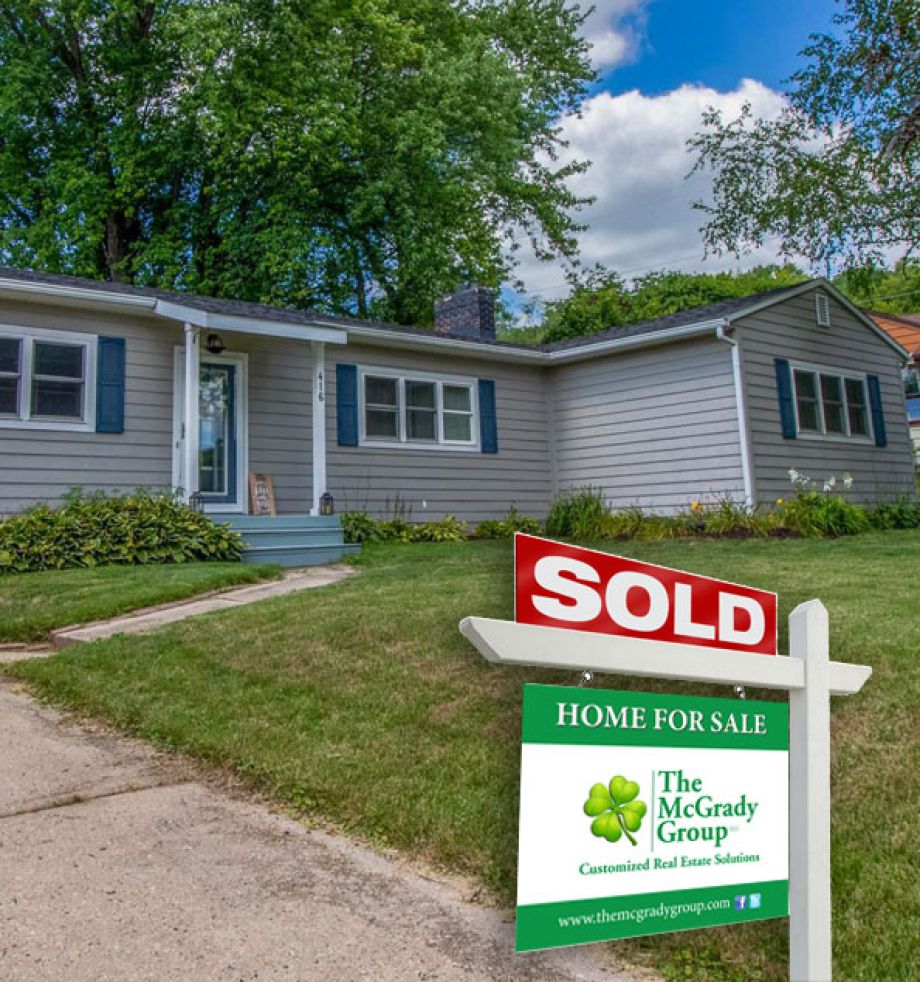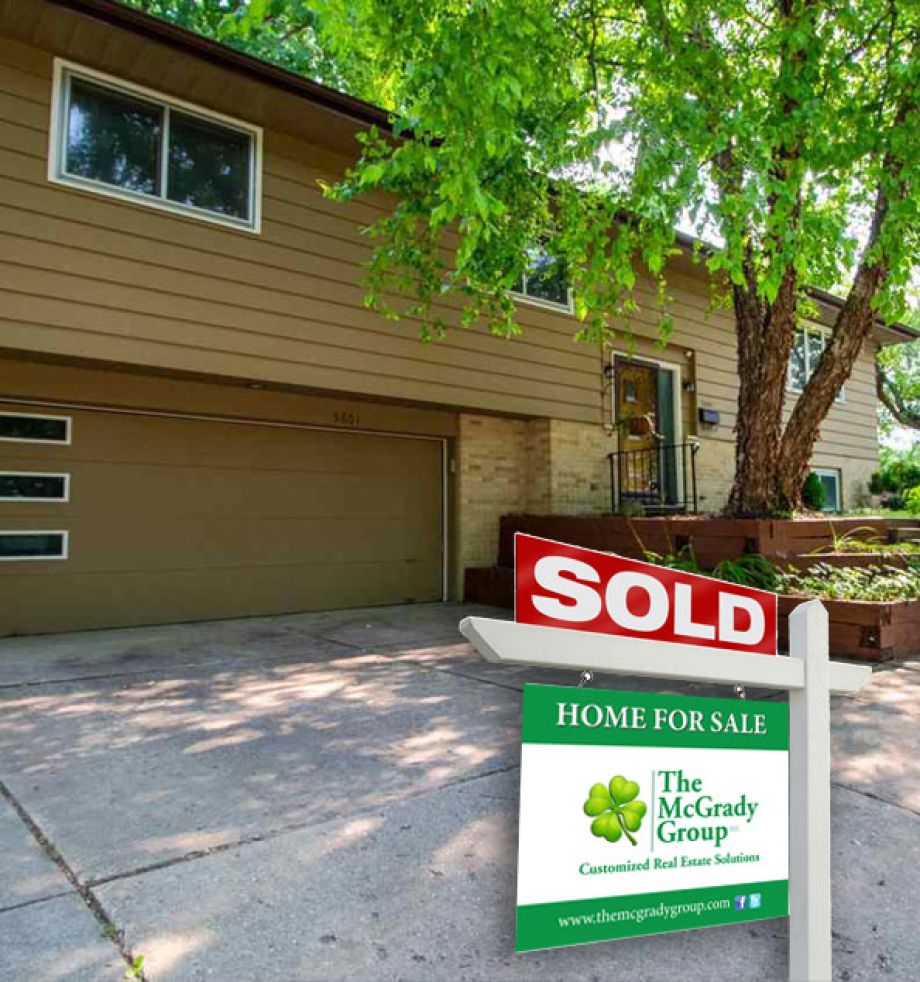Congratulations Stephanie and Aaron!
Congratulations to Stephanie and Aaron on their first home purchase! It wasn’t easy for these two, and after falling in love with the first home they saw, and then losing out to the competition, they became even more determined to find their first home!
Heeding my wisdom in telling them that there will always be another home, we found 6 more, but also lost out on 6 more. We never gave up though, and this attitude paid off in spades when they found this home on the very same street as the home they fell in love with in the beginning. The good news was that THIS home was even better than the first home! The BEST news is that with some out-of-the-box thinking and a creatively crafted offer, they beat all the competition and snagged this home, making their dream a reality! Oh, and did I mention that they did NOT have to pay over asking?
And THIS is why I do what I do!



